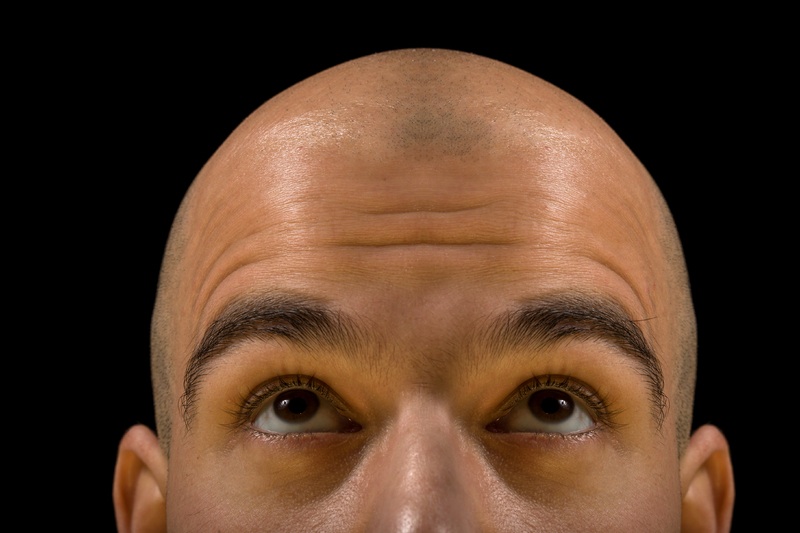You Gave Me What? 5 Crummy Conditions We Inherit

We can't blame all of life's misfortune on our parents, but the range of less-than-ideal physical issues we can pin on them run from the unfortunate to the downright deadly. Many diseases and conditions result from various factors, often including both the genes we inherit to the food we eat and the environment we live in. But here are some doozies you can blame, at least partly, on Mom and Dad:
Baldness: It's often said male baldness is inherited from a mother's father. The link is not that strong nor is the cause so simple, experts say. Frankly, scientists don’t have a very good understanding of why some men go bald and others don't. Heredity definitely plays a role. But male-pattern baldness is likely due to issues with several genes from one or both parents. Worth noting: According to the National Institutes of Health, two medications are approved to treat male pattern baldness: Topically applied Minoxidil (Rogaine) and Finasteride (Propecia, Proscar), which comes in pill form.
Color Blindness: Colorblindness affects about 10 percent of men but less than 1 percent of women. It is directly inherited, and here’s why it’s more common in men: Genes for the eye's red and green receptors sit near each other on the X-chromosome. Men have one X-chromosome, which they inherit from their mother; women have two, and a good gene will often balance out a defective one. Ninety-nine percent of cases involve the challenge of distinguishing between reds and greens. Complete colorblindness, or achromatopsia, is rare, affecting about one in 30,000 people worldwide. Interestingly, colorblind people dream in whatever colors they normally distinguish when awake.
Lactose Intolerance: Those who can't digest the natural sugar in milk and other dairy products are said to be lactose intolerant. Your chances of having the condition depend on your parents and their ancestors, going way, way back. Prevalence is lowest among those of northwestern European descent and highest among Asians and American Indians. The whole problem relates to a shift to dairy farming roughly 10,000 years ago. Over many generations, people in dairy farming regions evolved to develop tolerance to lactose; people in other cultures did not. Symptoms include abdominal pain and bloating, gas, diarrhea and nausea, according to the National Digestive Diseases Information Clearinghouse.
Acne: Pimples plague about 85 percent of U.S. teens, and some adults struggle with acne, too. But scientists aren't certain about all the causes of acne. Likely culprits include overproduction of natural skin oils, dead skin cells, contact with greasy stuff, plus the buildup of bacteria, experts say. Stress and hormones play roles, too. It’s pure myth that greasy foods, chocolate or even dirty skin are to blame, according to the Mayo Clinic. All that said, they Mayo Clinic says: "If your parents had acne, you're likely to develop it, too." Thanks, folks.
Heart Disease: To be sure, there are many environmental causes of heart attacks and heart disease in general. Long work hours are among the stress factors known to raise the risk of heart disease. Smoking, Poor diet and lack of exercise are surefire ways to pump up the risk, according to the National Heart Lung and Blood Institute. But heredity plays a strong role. Having a family history of early heart disease is one of the primary risk factors.
Read More: 10 Worst Hereditary Conditions
Get the world’s most fascinating discoveries delivered straight to your inbox.



